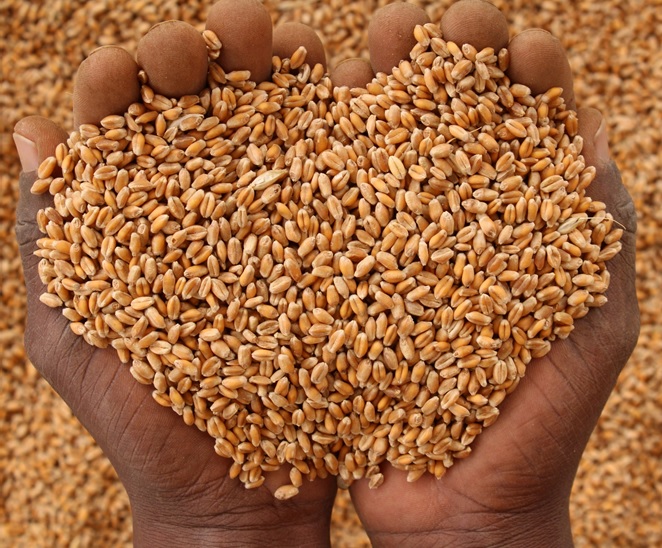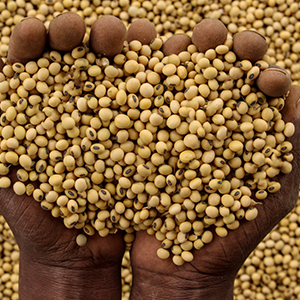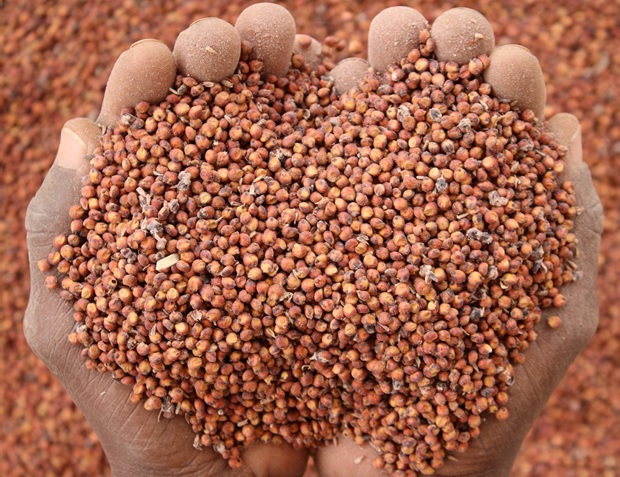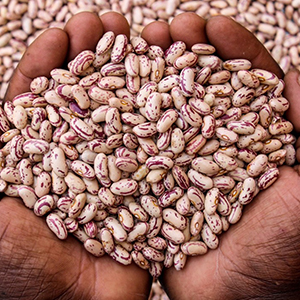Several studies have shown that grain storage loss can cost farmers 25%-30% of their yield for the season in most cases due to high moisture, pest damage, fungal/bacterial infections, and rodent damage. In other words, it means out of a possible harvest of 10 bags, three bags can be lost due to poor post-harvest handling (cleaning, storage, delivery and distribution). In Zimbabwe, the general populace depends on stored grain for consumption, making it imperatively prudent to equip farmers with information on how best to handle their grain post-harvest.
Losses can generally be in two prongs i.e. in terms of quantities and consumer quality deterioration which ultimately lead to economic losses. These can occur at any stage between harvesting and consumption.
The major causes of post-harvest losses include among others; mechanical damage, excessive exposure to high storage temperatures, relative humidity/ moisture, contamination by fungi or bacteria, invasion by birds, rodents and pests.
The key to successful on farm storage is to anticipate and prevent potential problems through good in-store management practices, a process which requires three basic steps/processes:
- sanitation,
- use of chemical protectants, and
- inspection.
Farmers should always note that stored grain may deteriorate if:
- ambient temperature of grain storage places is too high
- the moisture of the grain is too high
- the grain is diseased
- insects multiply in the stored grain
- rodents are allowed access to the grain
- the grain is stored for a long time.
This article gives an account of the guidelines for successful storage of grain:
- Only store dry grain and keep it dry (Damp grain or damp air will cause grain to rot). The ideal moisture content of grain for good storage is less than 13%.
- Grain may be dried naturally in the field while on the plant, but losses from termites, deterioration, theft and weevils may accrue if crops are left too long in the field. Thus, it is better to harvest crops as soon as possible after maturity and dry the grain in the sun where there is good airflow over the grain. Alternatively, artificial drying may be used for large quantities of grain.
NB: Maize grain is prone to pest attack after reaching a moisture content level of below 13%, therefore, it is advisable to harvest as soon as the crop reaches this moisture level to avert pre-harvest (in field) losses due to pest damage.
Tip of the day: Important!
Due to the rainy conditions which have been prevailing for the past weeks, most maize fields are soggy (excessively wet and soft) and this is likely to slow the dry down rate of maize and some other summer crops. Aeration blocks/gaps of four combine swathes (16-20 rows harvested by hand/machine) per say 15ha portions are recommended to improve aeration which aid faster dry down. This will be imperative to aid early harvest and also timely planting of a winter crop (especially wheat) which we recommend to be optimally planted in the last weeks of April up to end of May for better yields and quality. This is only applicable to a maize crop which has reached physiological maturity (30% moisture level/black layer stage). We will touch on this subject at length in our next discussion.
- Never store grain that has already been attacked by insects, unless the insects have been destroyed. Damaged grain will allow the entrance of diseases and the insects may have laid eggs in the grain, which may re-infect the stored grain.
- Never let rodents make their home in the grain store – keep rats out (Cats are an excellent way of controlling rats).
- Proper grain storage depends greatly on the storehouse. Build a good storehouse that keeps out thieves, rodents and moisture.
- Before filling a grain store: Clean out thoroughly and fill in any cracks with mud or mortar. Spray surfaces, cracks and craves with pesticides to destroy pests and eggs. Paint the surfaces with goat or cattle manure and ash (burnt sunflower stalks or aloe leaves may be used.
- Mix a grain protectant chemical (e.g. Actellic Dust at 50g per 100kg grain: – there are other several options on the market) with the grain during filling.
- Eucalyptus (gum tree) leaves can be mixed with maize grain to reduce storage grain pests. The smell chokes away storage pests. Alternatively, mix ash with the grain (3 to 10 kg ash per 100 kg grain). Burn a mixture of dry maize cobs, sunflower stalks and cow dung in order to produce the ash. Powdered (crushed) Syringa seeds also help to keep away insects.
- Small quantities of beans may be stored in a container with some sand. At frequent intervals (at least every two weeks) shake the container to mix the sand and the beans.
- Always use the oldest grain first. FIFO (First In First Out) maxim/principle is advised!
- NB: Farmers should always note that moisture level above 13% compromises the efficacy of grain storage pesticides/protectants. Always read chemical labels carefully, use safe practices and adequate protective gear during application. Always observe recommended pre-consumption intervals on the grain protectant labels.
Hermetic bags and metal silo grain storage technologies
The metal silo and hermetic technologies are the modern options of storing maize grain suitable to most small scale farmers and even so for large scale farmers (for on farm consumption). These technologies can also be used for other crops such as beans, sorghum, millet, cowpeas and pigeon peas. These technologies are based on the maxim that no insects or fungal contaminations can survive in the metal silo/hermetic bags as it is sealed. Metal silos come in different sizes for example 1 tonne, 2 tonne and even up to 7 tonne capacity.
Let us avert or at least minimise harvesting and post-harvest losses as we brace for a Bumper Harvest and a Maize Green Revolution in Zimbabwe.
Contact the Seed Co Technical Support Services Team
Mr. John Basera +263 772 413 184/john.basera@Seed Cogroup.com
Dr. Gorden Mabuyaye +263 772 132 767/gorden.mabuyaye@Seed Cogroup.com
 Zimbabwe
Zimbabwe Seed Co Group
Seed Co Group Botswana
Botswana Kenya
Kenya Malawi
Malawi Nigeria
Nigeria Tanzania
Tanzania South Africa
South Africa West & Central Africa
West & Central Africa Zambia
Zambia




